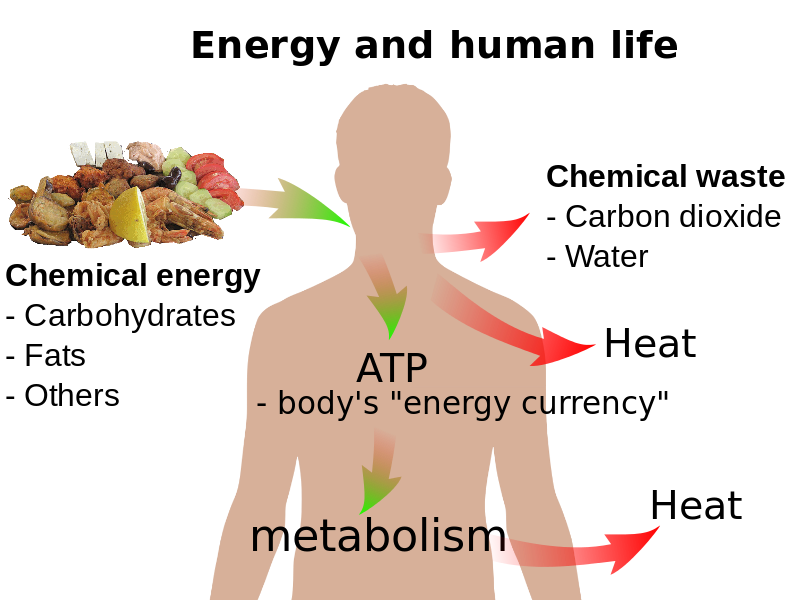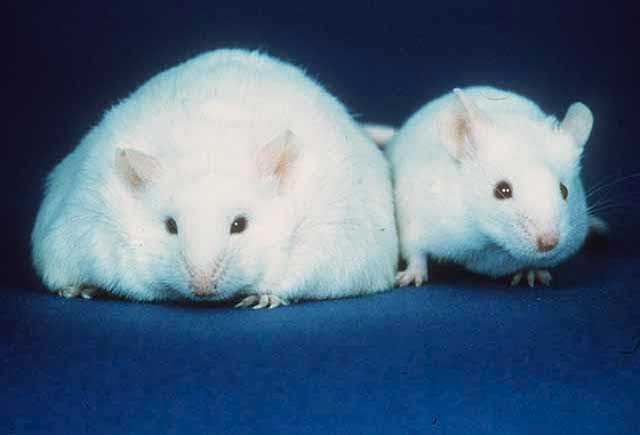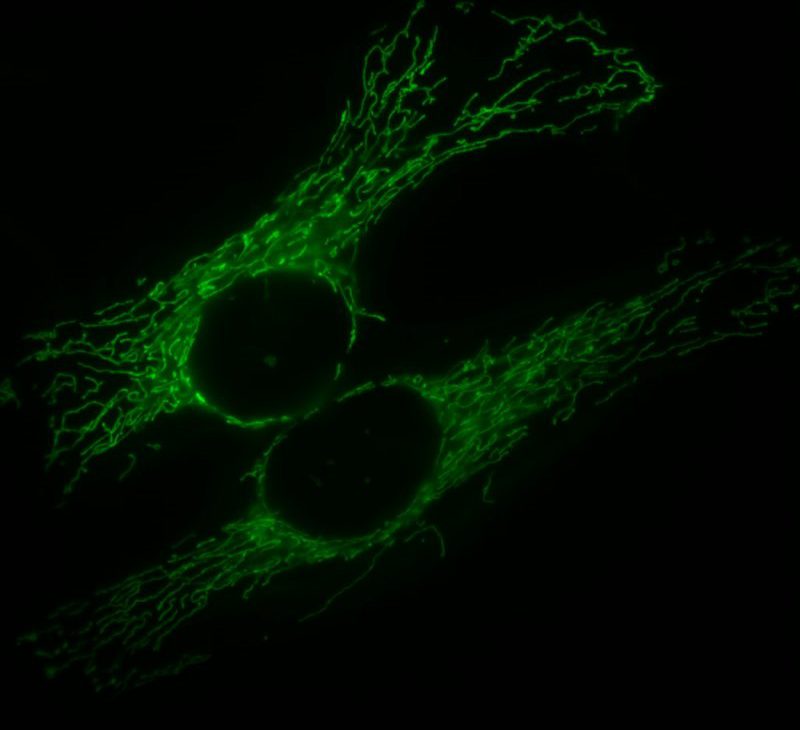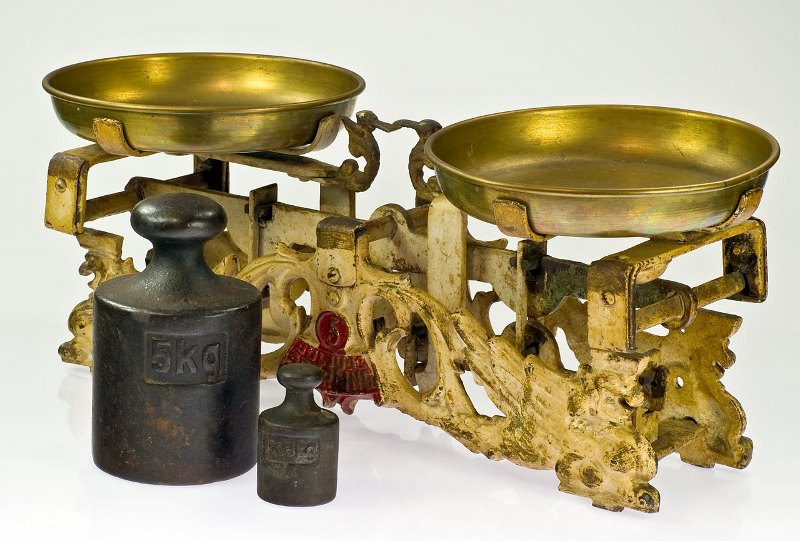And, by ‘how do you lose fat?’, I don’t mean, how do you lose weight?’ In my experience, the answer to the latter question is; ‘with great difficulty…!’ But, more generally speaking, the way you lose weight is by burning more calories than you consume. Or, more technically speaking, by creating a negative energy balance. Maintain this for long enough and you lose body weight.
Which is all fine and dandy, but what happens to the fat? Where does it go? How does it leave your body?
How do you actually lose the fat?!
This all stems from a Tedx talk I saw on YouTube, the other day. It was about the mathematics of weight loss and, being something of a maths nerd, I found this concept irresistible. If you enjoy maths and science, then I heartily recommend watching the video, although, be warned; it goes on for more than 20 minutes.
When you’re on a diet, you know that the weight you’re losing comes from a reduction of fat in your body. Admittedly, there’s also some potential for muscle loss, but I’m going to ignore that for the purposes of this post. In this post I’m going to work on the assumption that a diet results in the loss of 1 kg (about 2 lb) a week. That means that, each day, about 140 g of fat disappears from your body. But how? How do you lose the fat from your body.
When I first heard the question, I was confused. It was obvious; you lose the fat by… ummmm!
Well, you don’t just defecate it. So, you simply just burn it up as energy, right? Well, no. Matter can’t just turn into energy; even in Biology, there has to be a balance. A conservation of mass.

So, not obvious at all! Magic, maybe?!
But, before I get into where the fat goes, it makes sense to consider where it comes from in the first place. The fun bit!
The human body runs on blood glucose, which is a type of sugar. Animals can’t manufacture this sugar but plants can, by a process called photosynthesis. The animals can then eat the plants and get at the sugar in that way. Animals can also eat other animals, that have eaten plants, and, indirectly, get at the sugar by breaking down the protein in a process called Gluconeogenesis. But Gluconeogenesis isn’t relevant here, so I won’t dwell on it.
The process of photosynthesis works as follows:

The plant uses six molecules each of water and carbon dioxide and, using the energy from the Sun, converts it into one molecule of Glucose, with six molecules of oxygen as a byproduct. This glucose is then immediately used by the plant, or stored for later as some form of carbohydrate. Which is where humans come in; we collect this stored carbohydrate and use it as food.
And that’s where the human body gets the blood glucose it typically uses to survive; carbohydrates from plants. These carbohydrates largely come in two forms*: simple, like sugars, and; complex, like potatoes and rice. Complex carbohydrates can also be processed into things like bread and pasta and cakes… mmmmmm; cakes! For a fuller explanation of the types of sugar available and whether any of them can be considered to be ‘good’ sugars, see here.
*These days, dietary fibre is included as a type of carbohydrate. In the good old days, fibre was its own category because it is indigestible by humans. However, it turns out that some fibre is digestible by some bacteria in the human gut, which can potentially lead to some nutritional benefit. So fibre becomes a carbohydrate!
The glucose in the blood is used by the cells of the body to generate energy: more of which in a bit. If there is more sugar in the blood than is immediately needed, the body converts it to Glycogen and stores it in the liver and the muscles. But the body can only store so much glycogen. If the levels of blood glucose are high enough to overwhelm glycogen storage capacity, it is stored as fat. This fat takes the form of triglycerides.
It’s not as simple as that. In fact it sounds horrifically complicated. Glucose is converted to triglycerides by the process of fatty acid synthesis and glycolysis… Yeah, good luck with that!
All we need to know is; if you eat and drink too much, the extra gets turned into fat.
The same is true of all animals. If an animal has an energy surplus, it is stored as fat. If we eat this fat, and don’t immediately use it for energy, we then store it as fat. And much more easily than glucose, through the process of lipogenesis…
But, there we are: we’ve eaten too much and now we’re fat.

But we’re doing something about it; we’re dieting and exercising and the weight’s coming off. We’re getting lighter. The fat is being lost. Which brings us back to; where is the fat going?
Well, the first thing to go, when we’re losing weight, isn’t the fat. It’s the glycogen. If the energy needs of the body are greater than the levels that blood glucose can provide, this glycogen is drawn on to fill the gap. The process of Glycogenolysis breaks down the glycogen into a form of glucose that the cells of the body can use for energy. Typically, if you’re in the middle of exercise, you know when you’ve used you the last of your glycogen. It’s known as ‘hitting the wall‘, in running, and ‘bonking’ in cycling. No, not that sort of bonking… ‘Hunger knock’ is becoming the more popular phrase, for obvious reasons.
So, our diet and exercise has set up a nice negative energy balance and we’ve blown through our glycogen stores. This means that it’s the turn of the triglycerides that we’re storing as fat. Human fat, incidentally, has a chemical structure of, C55H104O6.
And, despite the fact that our body usually uses glucose as energy, fat can’t be turned into sugar. The triglycerides do not become glucose.
The triglycerides, the fat, is broken down into glycerol and fatty acids, through the process of lipolysis. Glycerol, however, can be converted to glucose by the process of Gluconeogenesis. A damn fine word and far too good to leave out.
The fatty acids can also be broken down into ketone bodies. If the levels of glucose in the blood become sufficiently low, then the body can use these ketone bodies as a source of energy through the process of Ketosis.
Ketosis is one of those things that tends to split people. If you’ve got an opinion on ketosis, it’s usually a strong opinion. Ketosis is either the best thing since sliced bread or the work of the Devil. I have no desire to get drawn into the joys of ketosis, at this stage, other than to say two things:
- Ketosis is a natural human process
- The cells of the body can derive energy from ketone bodies
And that’s what I’m interested in, at this point; how the cells of the body make energy from the fuel they receive. Regardless of whether the fuel in question is glucose, or ketone bodies, the fuel enters the cell, where it is used by the cell’s mitochondria.

By Simon Troeder on Wikipedia
The mitochondria of the cells take in the glucose, or ketone bodies, and break it down into Adenosine triphosphate (ATP). It is the breakdown of this ATP that releases energy into the cell and allows the cell to work. The human body burns through an inordinate amount of ATP each and every day.
And the byproduct of this ATP breakdown? The stuff that’s left over after all the processes involved in getting the fat stores, of triglycerides, to the cell energy, of ATP? Well, it’s in the diagram at the top, listed under ‘Chemical Waste’. It’s CO2 and H2O. Carbon dioxide and water!
The way you lose fat, the way it leaves your body; is through breathing and weeing (and sweating, etc).
And Ruben Meerman, the guy who presented the Tedx talk I mentioned above, even worked out the percentages of the carbon dioxide and water involved in this waste:
- 86% carbon dioxide
- 14% water
Isn’t that amazing? You lose 86% of the fat from your body by exhaling. By breathing out. By having a higher concentration of CO2 in the air you breath out than you normally would.
Put into context of the 140g of fat you lose each day in a 1 kg a week diet: you’re exhaling 120 g of fat a day. Put into the other context of the 100 lb I could conceivable lose this year on my diet; that would be 86 lb of fat I breathed out over the year.
Doesn’t that just blow your mind!?

And I know it takes some believing, but carbon dioxide has weight. It has a molar mass of 44.01 g/mol. And the human body uses a lot of ATP each day, so this molar mass adds up quickly.
Which isn’t to say that you can lose fat just by breathing hard. You still have to maintain the negative energy balance. But when you do maintain this imbalance, and when the weight is coming off; know that you’re mainly losing the fat from your body through your nose.
